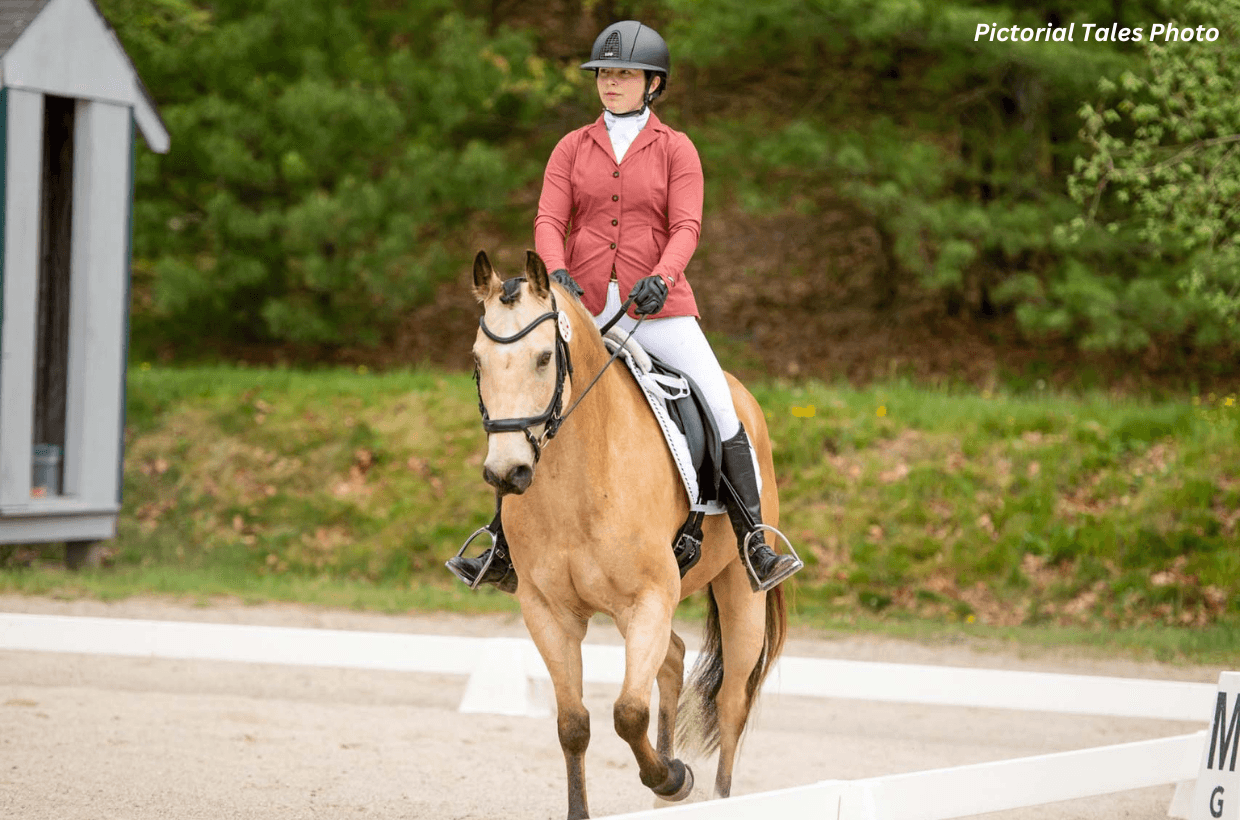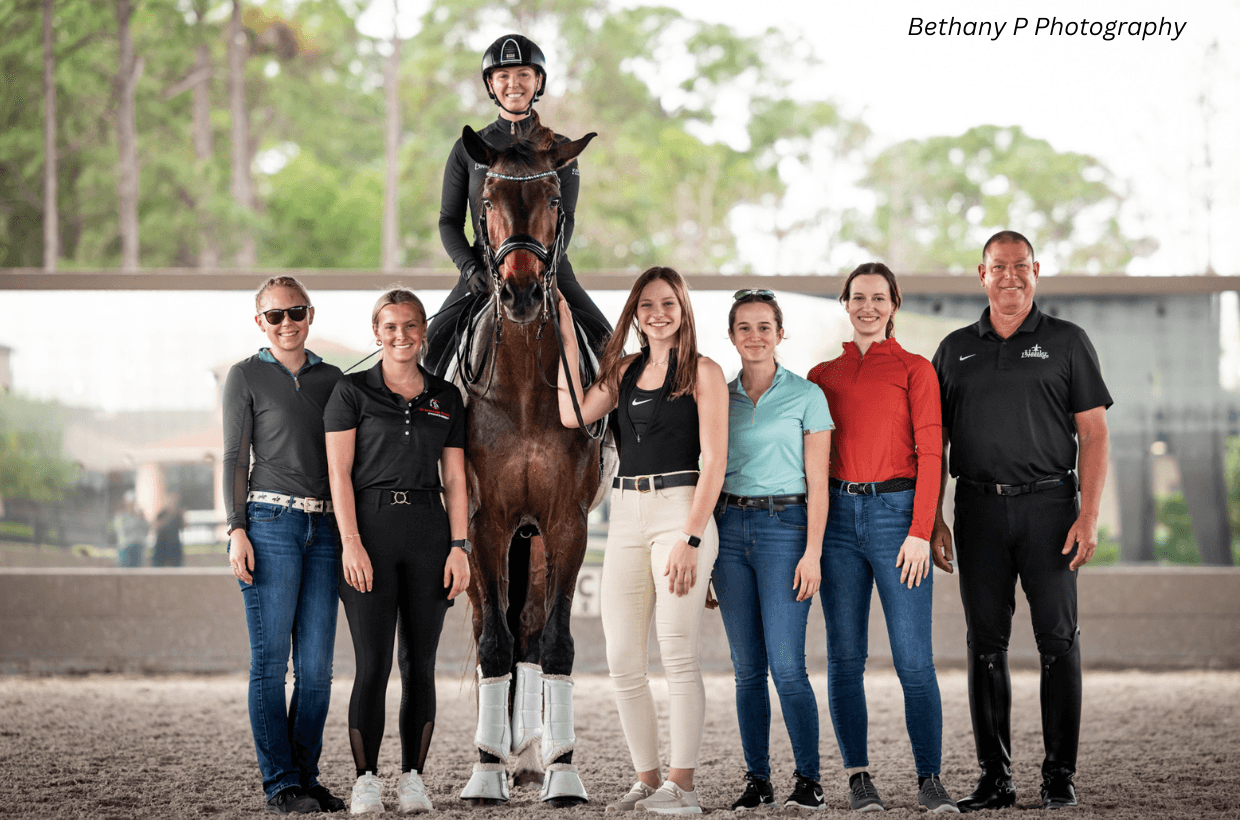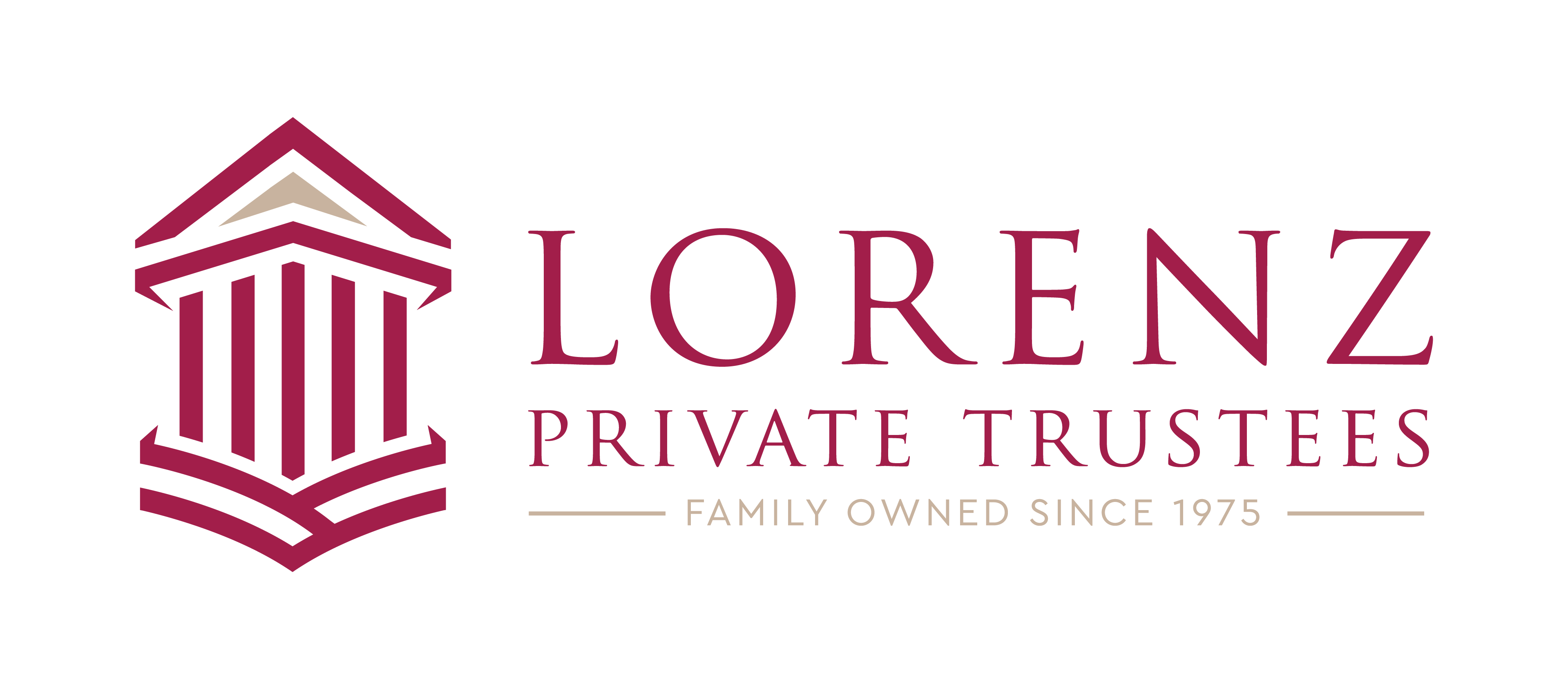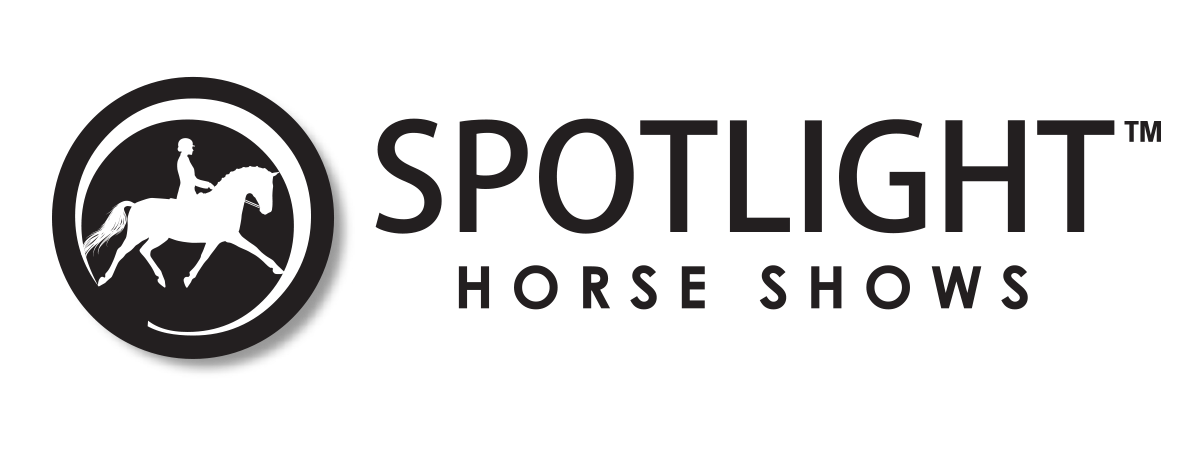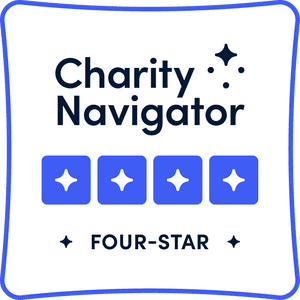Dian Seabury (Region 5)

With the generous grant from The Dressage Foundation’s Gifted Memorial Fund and encouragement from my very supportive husband, I headed off to California with my 7-year-old PRE gelding, Calisto, to spend time training with Shelley Lawder. Shelley, who is based in Vancouver, BC, was spending the winter in Murietta, CA training with Leslie Reid and Johann Hinnemann. Shelley is an accomplished trainer and instructor (USDF Certified Instructor through Fourth Level, USDF Gold medalist www.shelleylawderdressage.com for a more complete bio). I began riding with her in clinics in 2015 and she found Calisto for me. I bought Calisto from Leslie Reid who trained him. Calisto arrived in Arizona last September and we began our journey together. Shelley and I agreed that our objective for the Gifted Grant would be to solidify First Level basics and to achieve the collection required for Second Level. As time progressed, it became obvious that the collection was not going to be difficult if all of the preparatory work was correct. So all I needed was a horse that was in front of the leg, stretching over his topline, in self-carriage, lifting his back, supple on the inside rein with half halts coming through from the hind leg to the bit.
I spent the time working on those things and learned the value of lateral work, work at the walk incorporating turns on the forehand and haunches and using transitions both between and within gaits. I was able to achieve greater self-carriage using transitions and lots of exercises. I was fortunate enough extend my week into a month working with Shelley and her teachers, Leslie Reid and Johann Hinnemann. I was able to watch Shelley and Leslie Reid give and take lessons and finally understood the value of the basics from which all things are possible and without which, nothing is consistently attainable.
I came away from my time with many exercises to help establish and reinforce the basics. I learned when something isn’t working—go back to the basics and build it up again (and again and again) until you have filled in the missing pieces. Some of the exercises we incorporated were at the walk. Turn on the forehand and haunches, repeat until the horse is soft and taking weight behind. Add half pass with halts and do a turn on the haunches or forehand to be sure the suppleness and connection hasn’t been lost, continue with the half pass.
Another lesson was the importance of being present. Don’t meander around, but ride figures with clear direction. Straight is straight, being sure that the left hind is stepping to the left rein and right hind to the right rein. Corners are corners, not banked motorcycle turns or 10 meter circles. Use the corners to get more collection and the sides to refresh. One exercise involved a 20 meter circle with 10 meter circles on the open sides. Another exercise I particularly liked was to trot down the long side, turning across the arena at P, making sure the turns are crisp and turning back up the arena, leg yield at B to centerline, canter at C and repeat in the opposite direction. There are many variations you can incorporate such as doing the exercise at trot and adding 10 meter circles both directions opposite H and M. This exercise was from a lesson with Leslie Reid. I had two lessons with her.
Shelley gave me several exercises to improve the canter. Calisto tends to be stiff to the right and hollow on the left rein, so we worked at filling in the left rein without hanging on it. We worked on changing the flexion at the canter and moving the haunches and shoulders without changing the lead. One exercise: Half pass from the wall to quarterline, leg yield from quarterline to centerline, half pass to quarterline and leg yield to wall, proceed in counter canter. Another variation: canter down the long side, 10 meter circle continuing to centerline, half pass to B, proceed in counter canter and add a simple change at M.
I was fortunate enough to take two lessons with Johann Hinnemann. I was hoping to work on more “advanced” exercises with him. What I had was a very hot, excited horse, who was not remotely interested in my input. He had me get off and showed me the value of round pen lunging to take the edge off so we could proceed. We went back to the arena and worked on precision with the figures. A 20 meter circle is not 18 meters, 21 meters or any form of an egg.
We worked on smooth transitions—many, many transitions within gaits and between gaits. It was not what I expected but it was exactly what we needed. I had a responsive, tuned in horse. We hacked back to our barn on the buckle on 45 mph roads.
The last day, Shelley and I worked to sum up and categorize my exercises for homework. I return to these exercises over and over in my daily work.
As I drove home, reflecting on my experience in the lovely, lonely stretch of desert between the California Mountains and Tucson, the radio gave me the perfect theme song courtesy of the Rolling Stones. “You can’t always get what you want, but if you try sometimes you just might find you get what you need” Thanks to the Dressage Foundation and the wonderful and supportive people who helped for the chance to get what Calisto and I needed. Did we achieve our solid First Level basics with Second Level in our sights for next year? We entered our first show and won two of our First Level classes with two ‘S’ judges and broke 70%.

